Diastolic Dysfunction Treatment Exercise
Diastolic dysfunction treatment exercise. A Healthy Lifestyle this includes maintaining a healthy weight eating a balanced diet thats low in salt and getting regular cardiovascular exercise either on your own or as part of a cardiac rehabilitation program. Rate and Rhythm Control a. Evidence that it can reduce HF hospitalisation TOPCAT trial and improve exercise capacity STRUCTURE trial.
1 Maybe with appropriate exercise and possibly medications. In healthy subjects exercise training can enhance diastolic function and exercise capacity and prevent deterioration of diastolic function in the course of aging. Recent evidence strongly suggests that regular aerobic exercise can help reverse the stiffening of the heart muscle caused by diastolic dysfunction.
Lifestyle modifications such as weight loss smoking cessation dietary changes limiting alcohol intake and exercise are equally effective in preventing diastolic and systolic heart failure. In patients with diastolic dysfunction exercise capacity can be enhanced by exercise training and pharmacological treatment whereas improvement of diastolic function can only be observed in few patients. Good LV Systolic function.
EA 200 milliseconds Ee 8 grade 2 moderate diastolic dysfunction or pseudonormal phase. Acute studies suggest that treatment with angiotensin II receptor blockers or verapamil may improve exercise tolerance in some patients with primary diastolic dysfunction. Sedentary aging is associated with impaired diastolic function which can lead.
Make an appointment and we can discuss further. EA 0815 DT 160200 milliseconds Ee. Patients with diastolic dysfunction do not tolerate AF and fast ventricular response.
Treatment options for diastolic heart dysfunction We work with patients to pursue a full range of treatment options including. The purpose of this study is to determine whether vigorous exercise training 4-5 daysweek for 2 years in sedentary middle aged men and women ages 45-64 will improve cardiac and vascular compliance to a degree equivalent to life-long exercisers and the sedentary young. Nothing Serious - if you are referring to Grade 1 Diastolic Dysfunction.
29 A recent study investigating the role of angiotensin II and endothelin-1 on the response of LV diastolic function to exercise in an canine model of pacing-induced congestive heart failure showed that elevated angiotensin II and endothelin-1 contributed to the diastolic dysfunction in the resting state and a further increase in these neurohormonal levels during exercise led to further exacerbation of the diastolic dysfunction. Thus diastolic dysfunction may contribute to exercise intolerance both in systolic dysfunction and primary diastolic dysfunction.
2 Absolutely not - please keep exercising.
In this study the effects of statin therapy on diastolic function and BNP level and exercise tolerance after exercise were observed by statins in patients with diastolic dysfunction. 1 Maybe with appropriate exercise and possibly medications. 29 A recent study investigating the role of angiotensin II and endothelin-1 on the response of LV diastolic function to exercise in an canine model of pacing-induced congestive heart failure showed that elevated angiotensin II and endothelin-1 contributed to the diastolic dysfunction in the resting state and a further increase in these neurohormonal levels during exercise led to further exacerbation of the diastolic dysfunction. Recruiting help from a personal trainer physical therapist or other fitness professional may help you craft a safe exercise strategy that works for you and your intolerance. Aim for a resting HR between 60-70bpm to increase diastolic filling time and thus potentially symptoms. In the remaining patients DT 160 ms exercise training. In patients with severe diastolic dysfunction exercise training increased the short DT toward normal from 1298 61 to 1666 118 ms P 0001 and promoted a significant decrease in the EA ratio from 158 011 to 124 022 P 002 whereas in patients with mild diastolic dysfunction exercise training decreased the prolonged DT from 2435 370 to 2215 190 ms P 0001 and enhanced. Recent evidence strongly suggests that regular aerobic exercise can help reverse the stiffening of the heart muscle caused by diastolic dysfunction. Acute studies suggest that treatment with angiotensin II receptor blockers or verapamil may improve exercise tolerance in some patients with primary diastolic dysfunction.
The purpose of this study is to determine whether vigorous exercise training 4-5 daysweek for 2 years in sedentary middle aged men and women ages 45-64 will improve cardiac and vascular compliance to a degree equivalent to life-long exercisers and the sedentary young. Nothing Serious - if you are referring to Grade 1 Diastolic Dysfunction. Thus diastolic dysfunction may contribute to exercise intolerance both in systolic dysfunction and primary diastolic dysfunction. Diastolic dysfunction is a type of heart failure you need to be monitored by a cardiologist on a regular basis important to distinguish systolic from diastolic watch for symptoms increase shortness of breath leg swelling etc Weight loss quitting smoking dietary changes less salt intake fat etc exercise reducing alcohol may all help. Recent evidence strongly suggests that regular aerobic exercise can help reverse the stiffening of the heart muscle caused by diastolic dysfunction. Evidence that it can reduce HF hospitalisation TOPCAT trial and improve exercise capacity STRUCTURE trial. Download to read the full article text.
/treating-diastolic-dysfunction-and-heart-failure-1746170_FINAL-6378fcb71e1140b2a2f5a35efe8161de.png)
/diastolic-dysfunction-and-diastolic-heart-failure-1746171_final-6528a92c22dc4f789161ac04a41fa8cc.jpg)



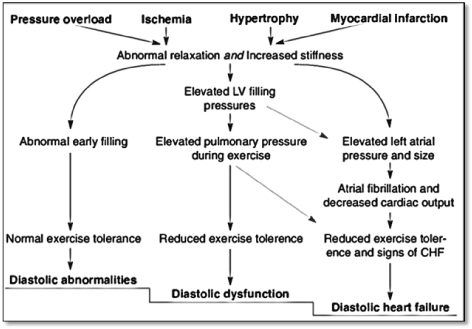



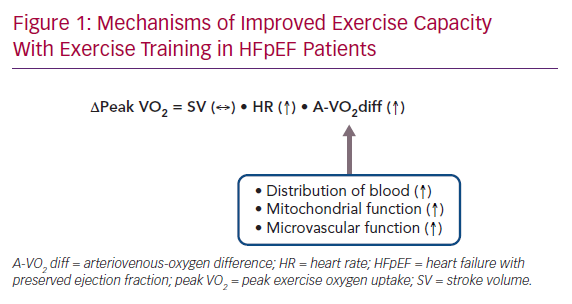




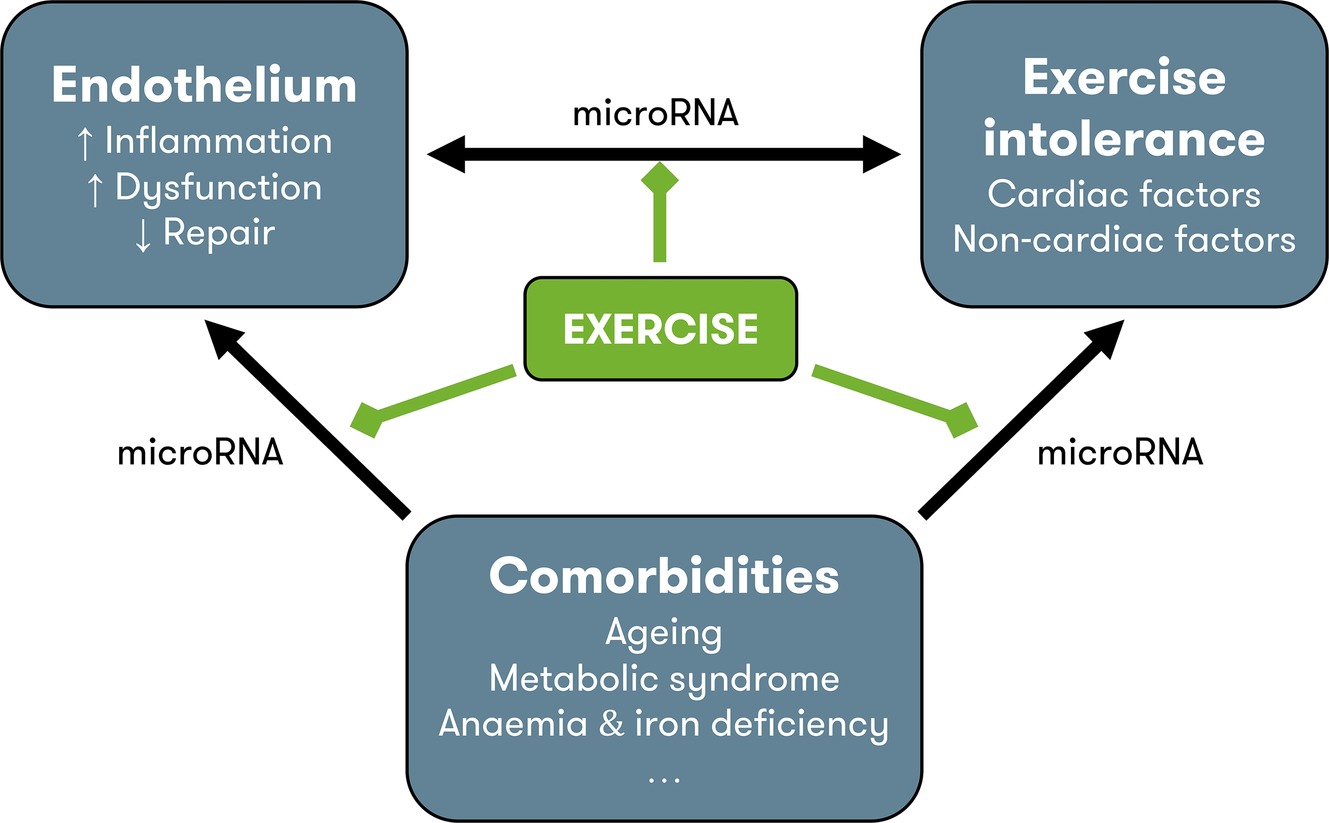

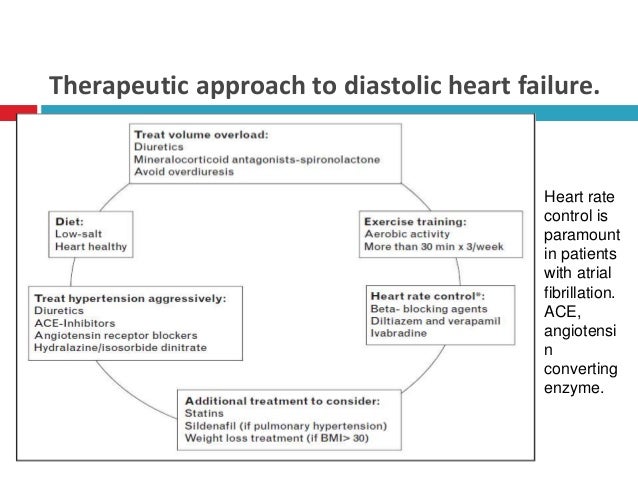



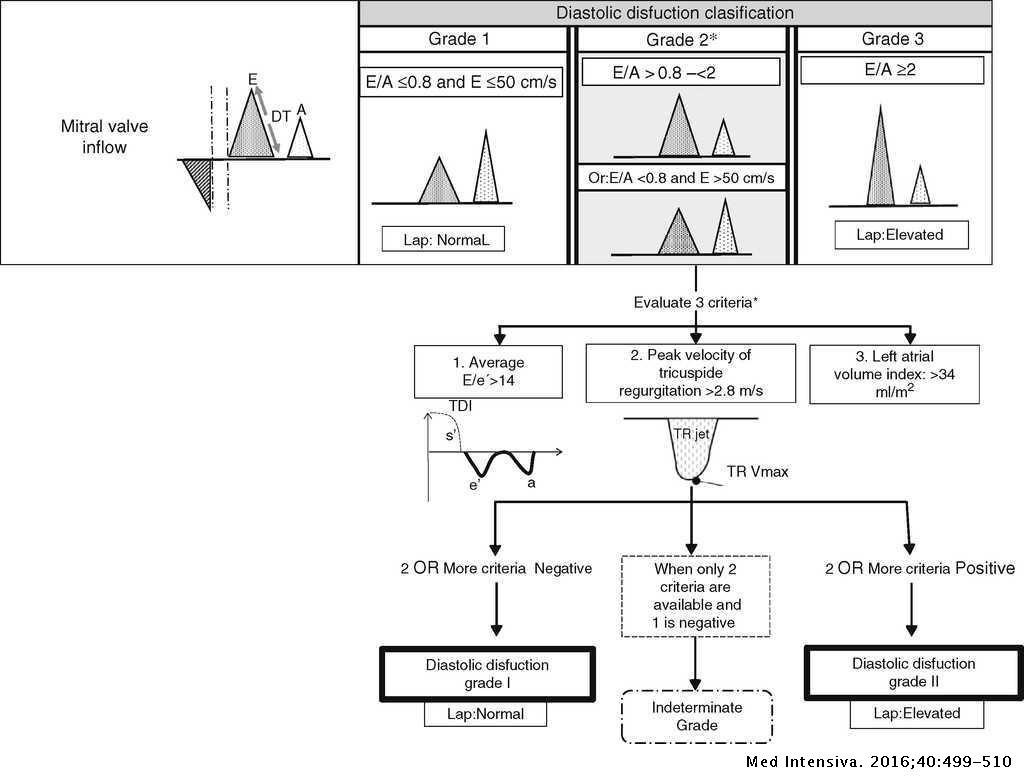

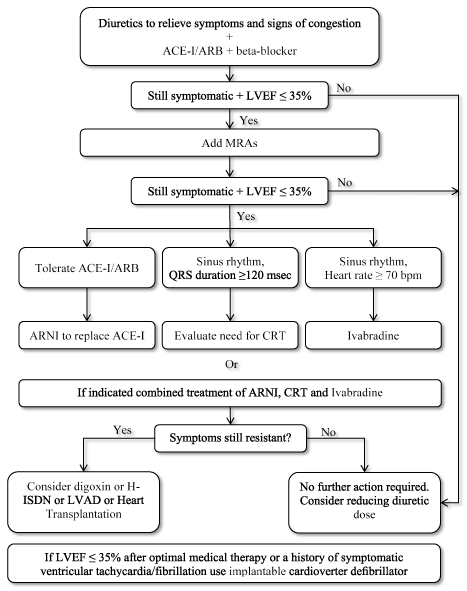






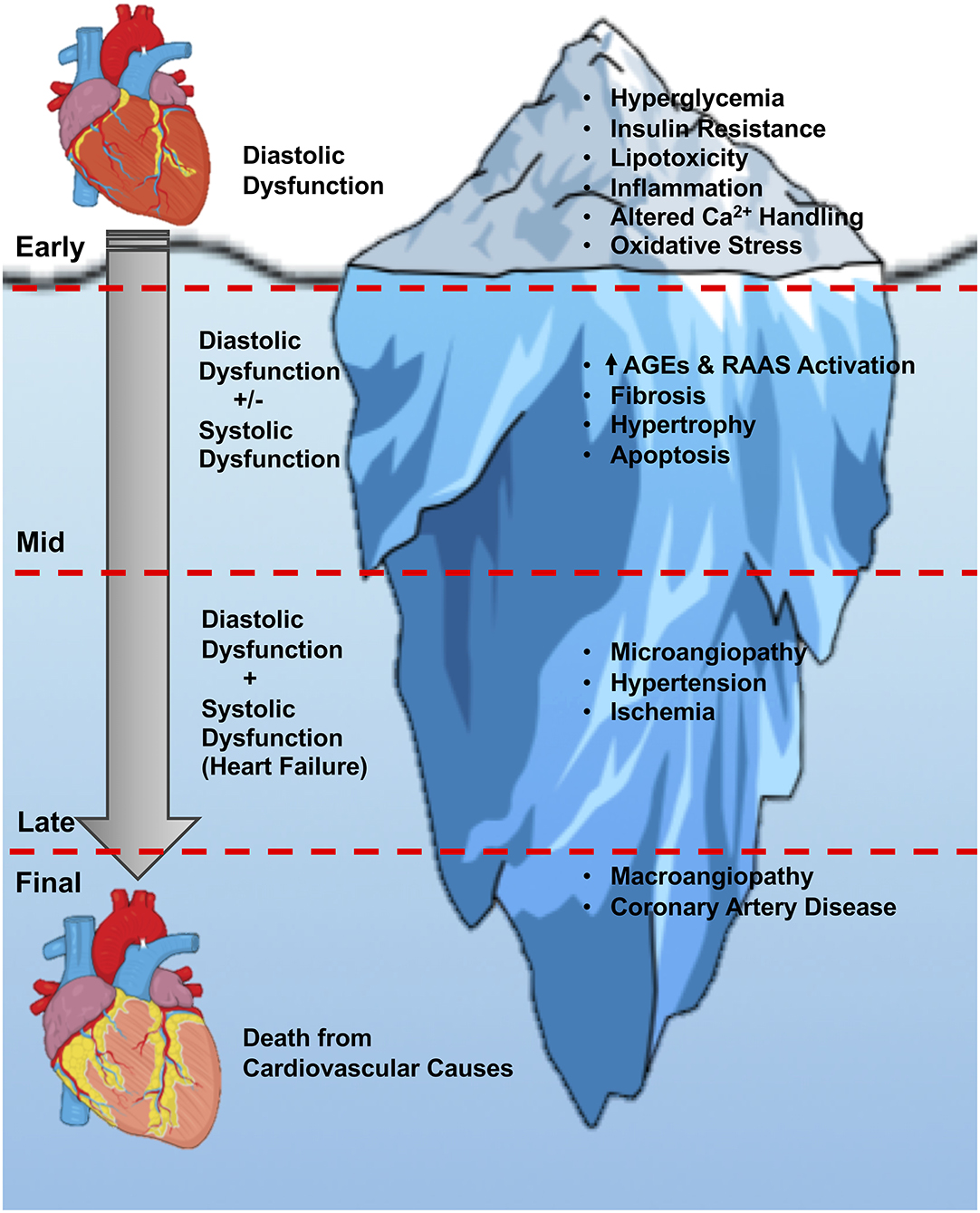

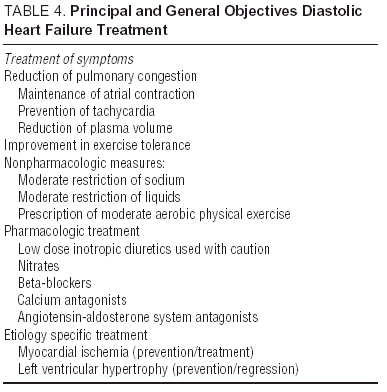
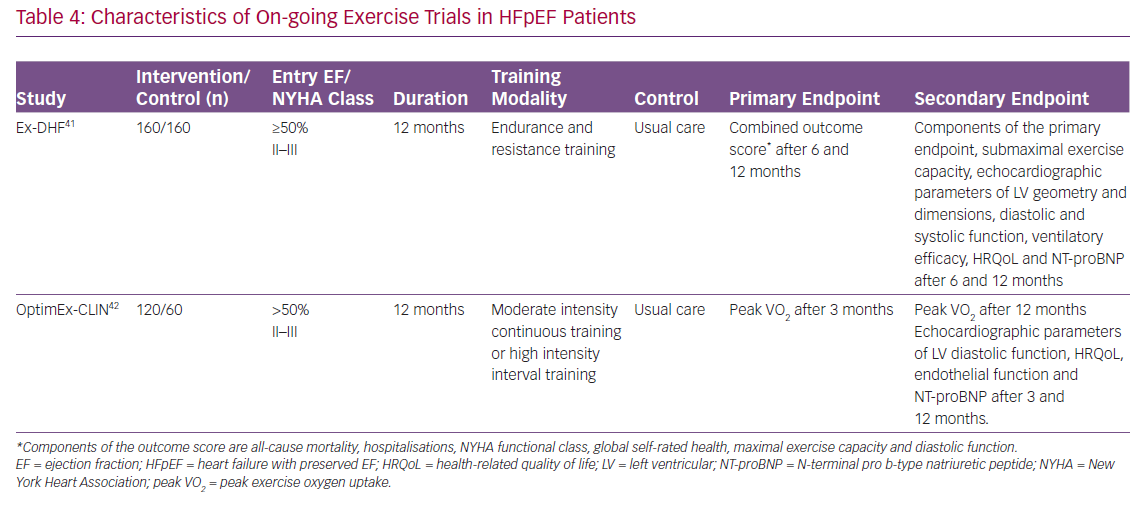



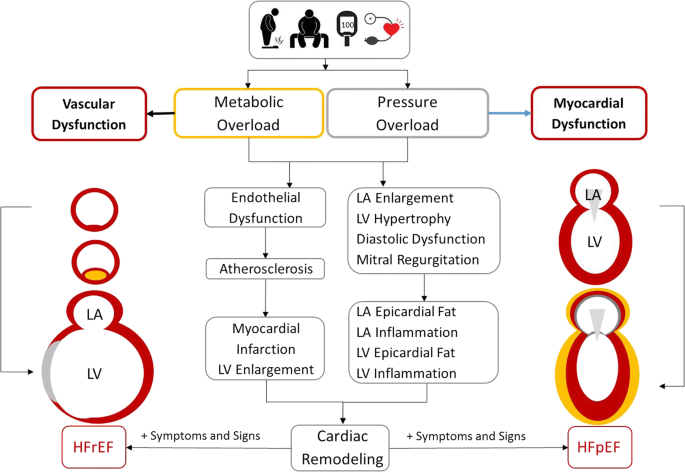





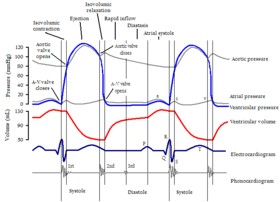



Post a Comment for "Diastolic Dysfunction Treatment Exercise"